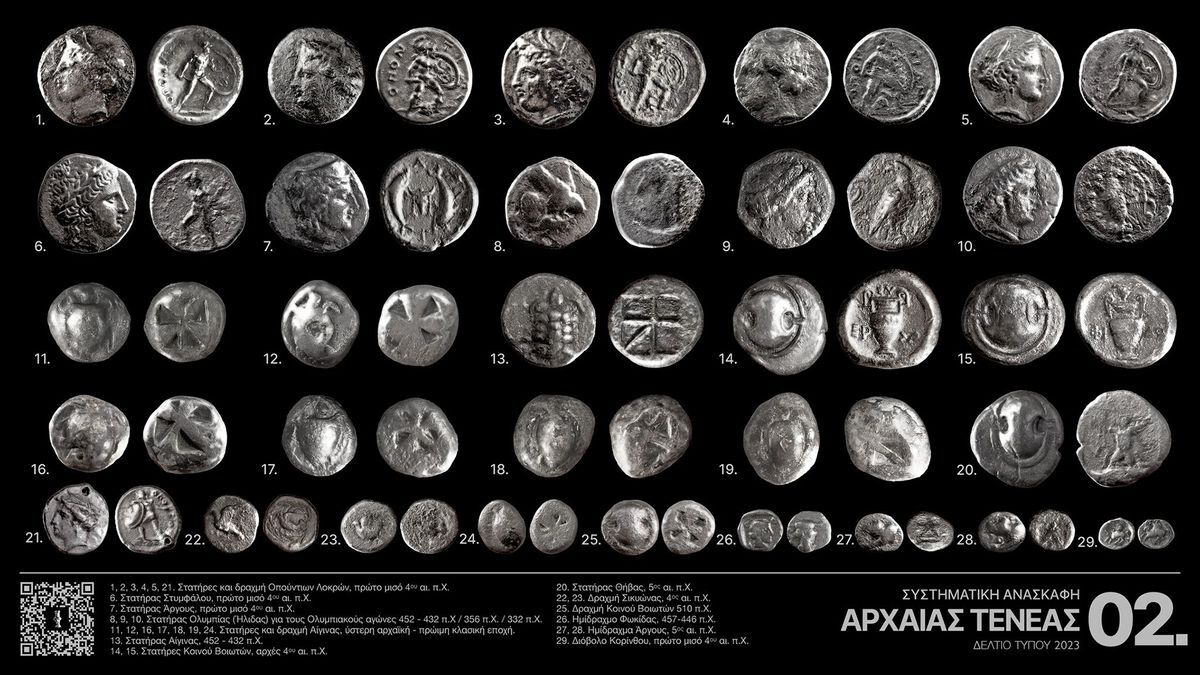Archaeologists in Greece have unearthed part of one of the largest hydraulic projects from the ancient world: an aqueduct that the Roman emperor Hadrian built to supply water to the city of Corinth.
The remnants of the aqueduct were discovered in October during excavations at the archaeological site of Tenea, an ancient Greek town a few miles south of Corinth, according to a translated statement from the Greek Ministry of Culture and Sports.
Hadrian, who ruled the Roman Empire from A.D. 117 to 138, ordered the aqueduct built to carry water for more than 50 miles (80 kilometers), from Lake Stymphalia in the hills to the west of the city.
Aqueducts were already known in Greece, and Hadrian also had one built to supply water to Athens. But his aqueduct to Corinth is mentioned as a monumental work by ancient writers.
The rediscovered section is just over 100 feet (30 meters) long and runs from north to south alongside a river. It consists of a channel covered by a semicircular roof, both made of stone and mortar.



Hadrian was a big fan of this sort of large, public project. Besides the aqueduct there’s also Hadrian’s Wall (right at the border of Rome with the Picts, in Britannia) and the temple for Venus and Roma in the city.
Although… what interested me the most in the article wasn’t this sort of modern stuff, it was
That’s an interesting period of the peninsula, as it was likely already Indo-Europeanised, but not Hellenised. Proto-Greek would be a bit after that, starting around 2200 BCE; but you already had Illyrian, Messapic, Thracian, Dacian, and perhaps Phrygian. (It’s kind of hard to know if they’re part of the same IE branch, or if similarities between them are areal. Greek in special borrowed quite a bit from native languages.)